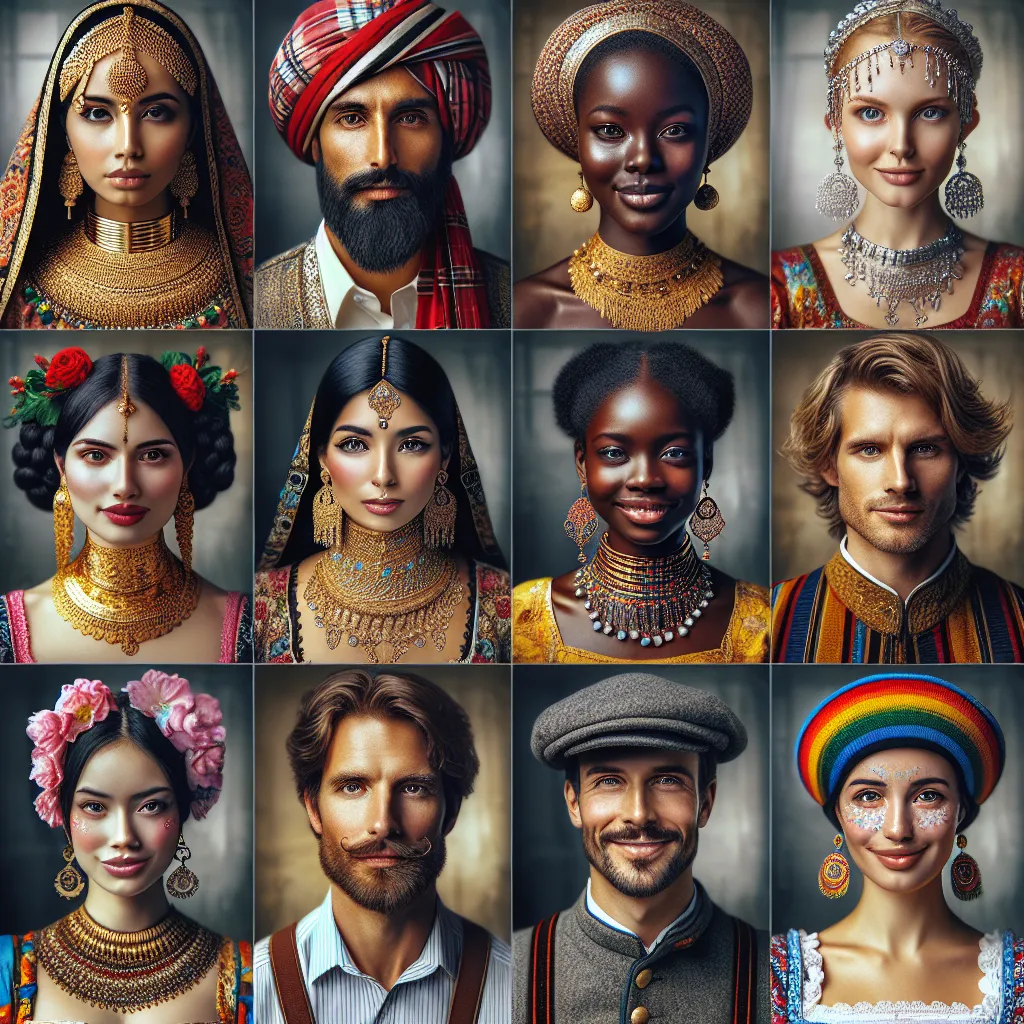The History of Ornamental Traditions Across Different Cultures
Exploring the cultural significance of ornaments reveals the rich history and diverse traditions across different cultures. The history of ornamental traditions dates back to ancient times and has played a crucial role in the expression of cultural identity and symbolism.
In ancient Egypt, ornaments such as amulets and pendants were believed to have protective powers and were frequently worn to safeguard the wearer from harm. These ornaments were also intricately designed to symbolize aspects of Egyptian mythology and beliefs, reflecting the deep spiritual significance of ornamentation in their culture.
On the other hand, the ornamental traditions in Chinese culture often feature symbolic motifs such as dragons, phoenixes, and lotus flowers. These symbols hold auspicious meanings and are widely incorporated into various ornaments, ranging from jewelry to decorative objects, as a way to evoke blessings and good fortune.
Similarly, in Indian culture, the use of ornamental jewelry holds great cultural and social significance. Different regions in India have distinct ornamentation styles, each reflecting the local traditions and heritage. For example, the intricate designs of Kundan jewelry in Rajasthan and the elaborate gold ornaments of Kerala showcase the diversity and craftsmanship of Indian ornamental traditions.
Furthermore, in African cultures, ornaments such as beads, cowrie shells, and metal jewelry are not only decorative but also hold spiritual and ritualistic significance. These ornaments are often used in ceremonies, rituals, and rites of passage, representing the community’s values, beliefs, and social standing.
From ancient civilizations to modern societies, the history of ornamental traditions across different cultures underscores the profound cultural, religious, and symbolic meanings attached to ornaments. The evolution of these traditions not only reflects the artistic prowess of each culture but also serves as a testament to the enduring legacy of ornamentation in shaping cultural identities.
Symbolism and Rituals: Understanding the Power of Ornaments
Ornaments have always played a significant role in human culture, serving as powerful symbols and integral parts of various rituals and traditions. The act of adorning oneself or one’s surroundings with ornaments holds deep cultural significance, often representing specific beliefs, values, and societal roles. Understanding the power of ornaments requires an exploration of the symbolism and rituals associated with these decorative objects.
In many cultures, ornaments are imbued with symbolic meaning that transcends their decorative function. They may denote status, identity, or affiliation with a particular group, serving as visual cues that communicate a person’s place within society. For example, traditional jewelry worn by certain indigenous communities often signifies tribal affiliations, marital status, or spiritual connections, conveying a wealth of information about the individual. Similarly, within religious and spiritual contexts, ornaments such as amulets, pendants, or talismans may hold specific symbolic representations, offering protection, guidance, or blessings to the wearer.
Rituals involving ornaments further underscore their cultural importance. From elaborate wedding ceremonies to solemn funeral rites, the act of adorning individuals or ceremonial spaces with specific ornaments is laden with symbolic gestures and meaning. The exchange of wedding rings, the donning of ceremonial headdresses, or the placement of flowers and garlands all contribute to the visual and symbolic language of these rituals, reinforcing the significance of the occasion and imparting a sense of continuity with cultural traditions.
Moreover, the significance of ornaments extends beyond individual rituals to encompass broader societal customs and traditions. Festivals, holidays, and seasonal celebrations often involve the use of specific ornaments or decorative elements that carry profound cultural meaning. Whether it’s the vibrant colors of traditional clothing worn during cultural festivals or the intricate designs adorning ceremonial objects, these ornaments serve as tangible expressions of cultural identity, heritage, and values.
In conclusion, the cultural significance of ornaments is intricately woven into the fabric of human society, reflecting and reinforcing the values, traditions, and beliefs of diverse communities. Through their symbolism and role in rituals, ornaments serve as powerful conduits for the expression and preservation of cultural heritage, connecting individuals to their roots and enriching the tapestry of human experience.
Modern Trends in Ornamentation: Balancing Tradition and Innovation
In recent years, there has been a growing interest in exploring the cultural significance of ornaments, especially in the context of modern trends in ornamentation. The fusion of tradition and innovation has become a central theme in the world of ornament design, where artisans and designers are seeking to balance the rich heritage of traditional ornamentation with contemporary aesthetics and functionality.
Modern trends in ornamentation are characterized by a conscious effort to preserve the essence of traditional ornamentation while simultaneously infusing it with a fresh perspective. This approach celebrates the cultural roots and historical symbolism of ornaments while adapting them to fit the evolving tastes and lifestyles of modern society.
One prominent trend in modern ornamentation is the incorporation of traditional motifs and techniques into contemporary design applications. This process involves reinterpreting classic ornamentation styles, such as intricate patterns, symbolic motifs, and artisanal craftsmanship, to create innovative and visually compelling ornaments.
Furthermore, the use of modern materials and technology has revolutionized the ornamentation industry, allowing designers to experiment with new forms, textures, and production methods. This fusion of traditional ornamentation with modern materials and techniques has resulted in the creation of unique and avant-garde ornaments that resonate with both traditionalists and contemporary design enthusiasts.
In essence, the modern approach to ornamentation reflects a balancing act between honoring cultural heritage and embracing progressive design concepts. By preserving the time-honored traditions of ornamentation while embracing contemporary innovation, designers and artisans are able to create ornaments that not only serve as decorative embellishments but also as expressions of cultural identity and artistic evolution.
